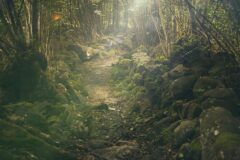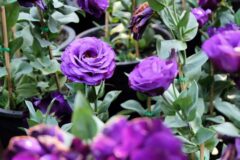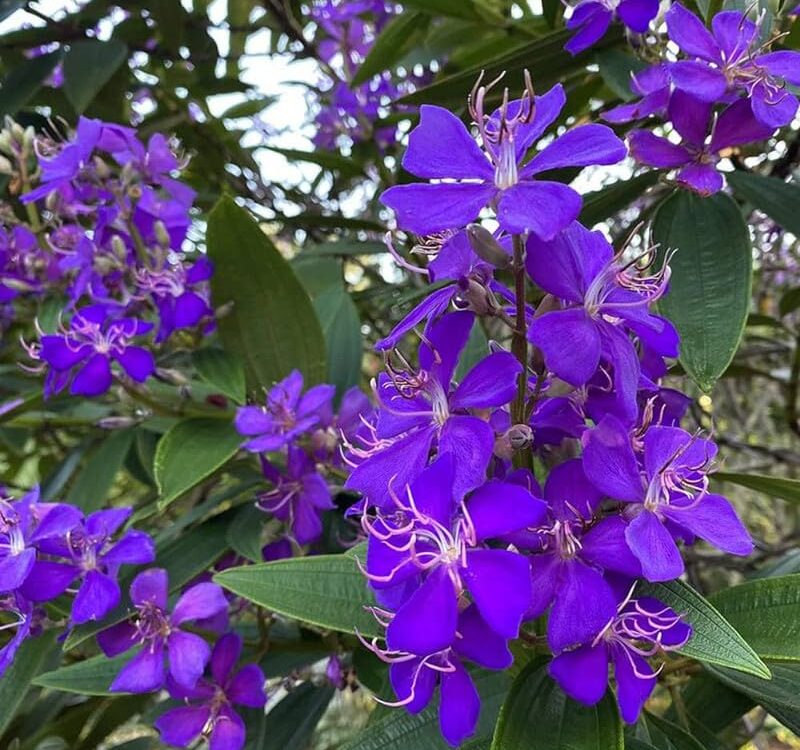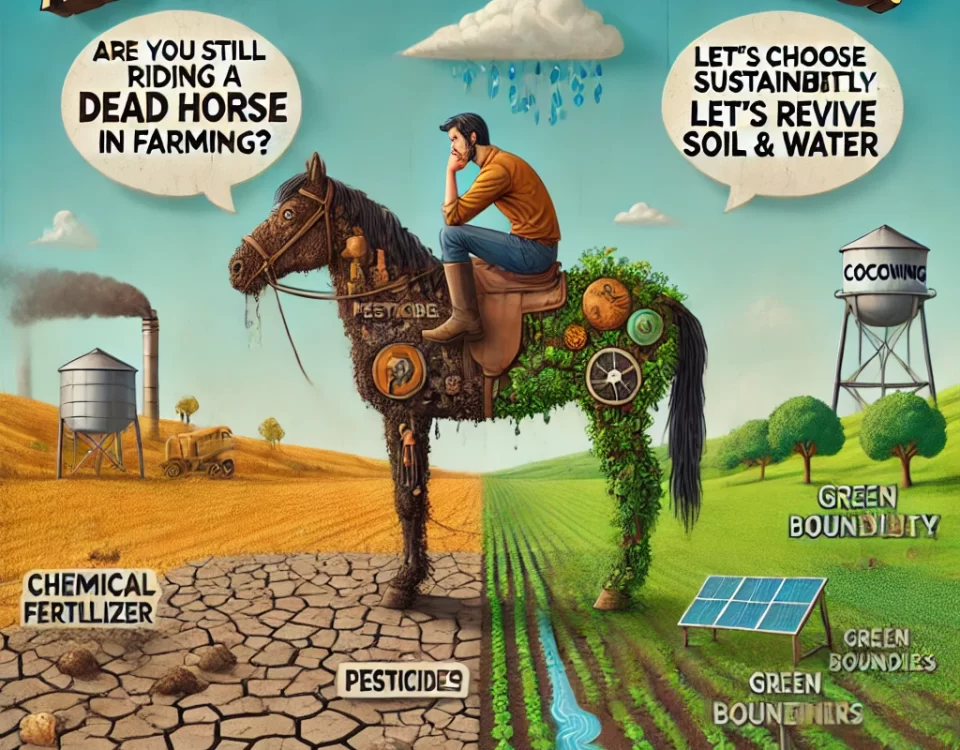
Drawbacks of Miyawaki Forests
- Longevity vs. Speed
While Miyawaki forests grow quickly, they may lack the long-term resilience and balance of natural forests, which can sustain ecosystems for centuries. - High Cost and Resource Intensity
Creating Miyawaki forests involves significant expenses for soil preparation, sapling procurement, and maintenance. Regular watering, weeding, and pruning in the first 1-2 years make this method resource-intensive, especially in arid regions. - Aesthetic Over Functionality
Critics argue Miyawaki forests prioritize instant visual appeal over developing deeply rooted, self-sustaining ecosystems. - Disease Risk
High plant density increases the likelihood of diseases and pest outbreaks, necessitating careful monitoring and intervention. - Limited Wildlife Movement
The dense canopy and restricted understory may not support the movement and habitat needs of all wildlife species, potentially impacting local biodiversity. - Challenges in Large Areas
This method is best suited for small spaces and is less practical for large-scale afforestation due to high costs and resource demands. - Urban Space Constraints
While ideal for compact spaces, dense planting can face challenges in urban areas with limited land availability, requiring careful planning. - Resource Competition
High sapling density can lead to competition for sunlight, water, and nutrients, potentially suppressing the growth of weaker species. - Impact on Soil and Groundwater
Rapid plant growth may deplete soil nutrients over time, and high-density planting can initially strain groundwater resources, especially in water-scarce areas. Soil compaction during planting may also reduce water infiltration. - Economic Limitations
Miyawaki forests are designed for ecological benefits rather than yielding timber, fruit, or fodder, limiting their economic viability. - Dependence on Native Species
Identifying suitable native species in severely degraded areas can be challenging, limiting biodiversity potential.





